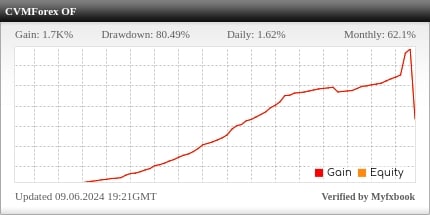Price action trading is a powerful and popular approach for traders seeking to navigate the dynamic and complex world of financial markets. Unlike traditional methods that rely on oscillators, indicators, or complex algorithms, price action trading concentrates on analyzing raw price data to make informed trading decisions. Below, we’ll explore the world of the price action trader.
Understanding Price Action Trading
Price action trading is based on the belief that all relevant market information is already reflected in the price of an asset. This means that traders who master price action are essentially learning to read the language of the market. The core principles of price action trading include:
Candlestick Patterns: Candlestick charts are a fundamental tool in price action analysis. Traders study various candlestick patterns, such as doji, engulfing, and hammer, to gauge market sentiment and potential reversals.
Trends and Trendlines: Price action traders use trendlines to visualize market trends. Understanding the direction and strength of a trend helps traders make informed decisions.
Price Patterns: Patterns like head and shoulders, flags, and triangles provide valuable insights into potential price movements. Traders look for these patterns to anticipate market direction.
Multiple Timeframes: Price action traders analyze multiple timeframes, from minute charts to daily or weekly charts, to gain a holistic view of market dynamics.
Strategies in Price Action Trading
Swing Trading: Swing traders aim to capture price swings within a trend. They enter trades at key support or resistance levels and ride the price wave until the trend shows signs of reversing.
Day Trading: Day traders seek to profit from short-term price fluctuations. They enter and exit positions within the same trading day, often relying on intraday charts and patterns.
Scalping: Scalpers aim to profit from small price movements by entering and exiting trades rapidly. This strategy requires precision and quick decision-making.
Breakout Trading: Breakout traders look for significant price movements beyond support or resistance levels. When a breakout occurs, they enter positions in the direction of the breakout.
Trend Following: Trend-following traders ride established trends, assuming that the trend will continue until proven otherwise. They use tools like moving averages to confirm the direction of the trend.
Benefits of Price Action Trading
Simplicity: Price action trading strips away complex indicators, making it accessible to traders of all levels. It relies on visual analysis of price charts, which can be easily learned.
Adaptability: Price action strategies can be applied to various asset classes, including stocks, forex, commodities, and cryptocurrencies. Traders can adapt their approach to different markets.
Objective Analysis: Price action traders base their decisions on observable data, reducing the influence of emotions. This leads to more objective and disciplined trading.
Risk Management: By using support and resistance levels, price action traders can set clear stop-loss and take-profit orders, helping to manage risk effectively.
Versatility: Price action techniques can be integrated with other trading methods and strategies, enhancing their versatility.
In conclusion, price action trading is a versatile and effective approach for traders looking to decode the language of the markets. By mastering the art of price action analysis, traders can make more informed decisions, manage risk effectively, and potentially achieve greater success in their trading endeavors.













